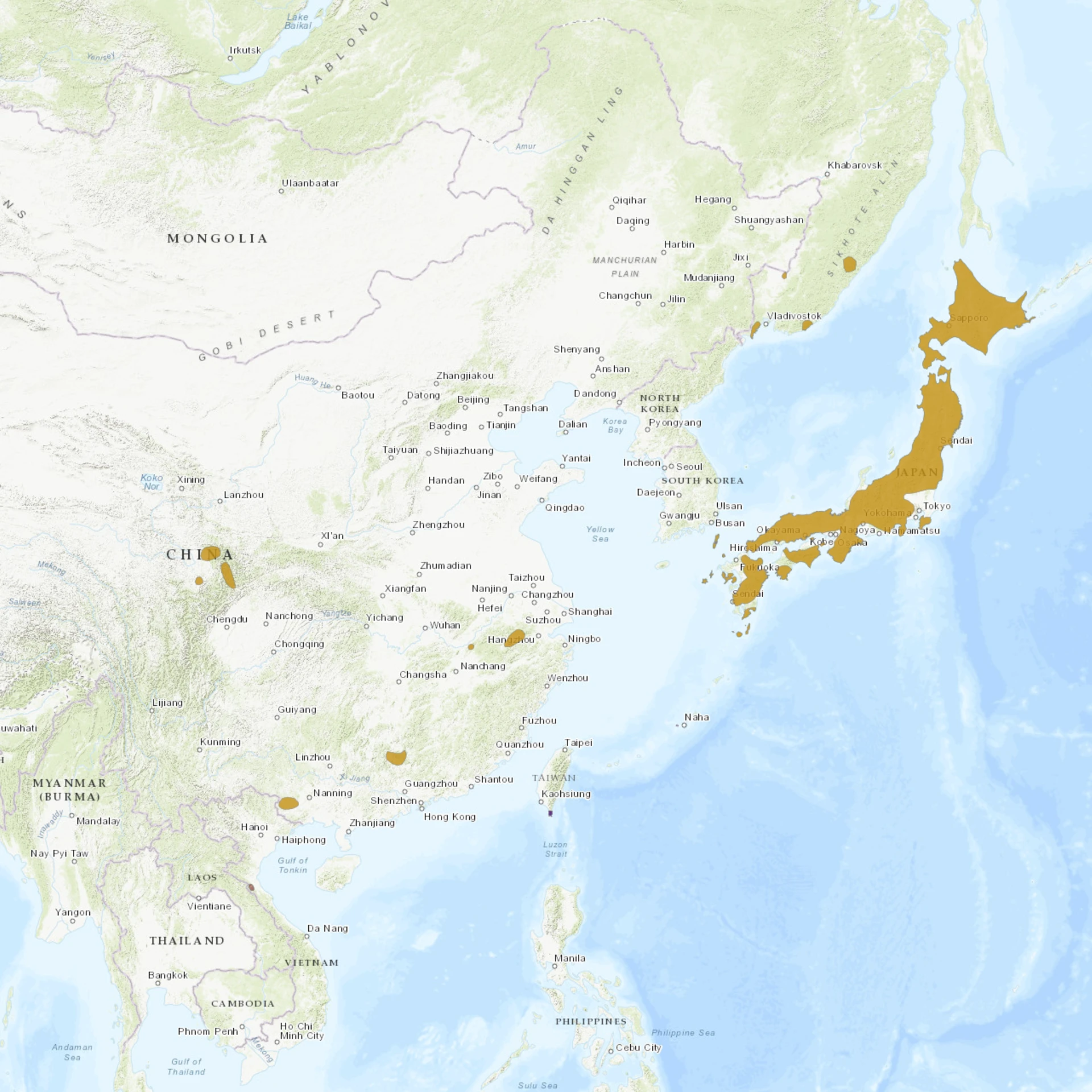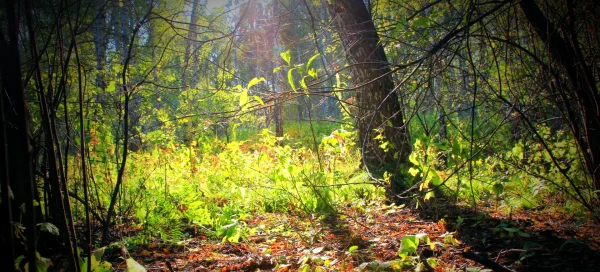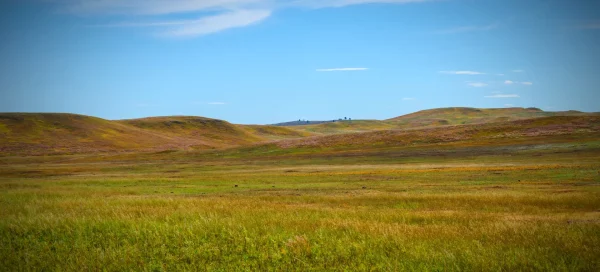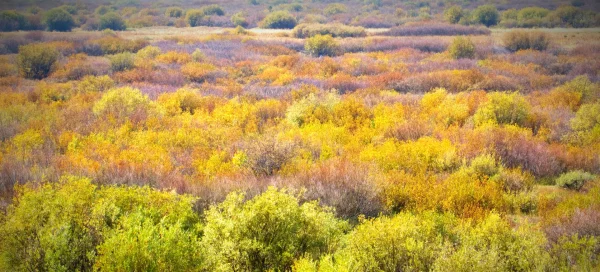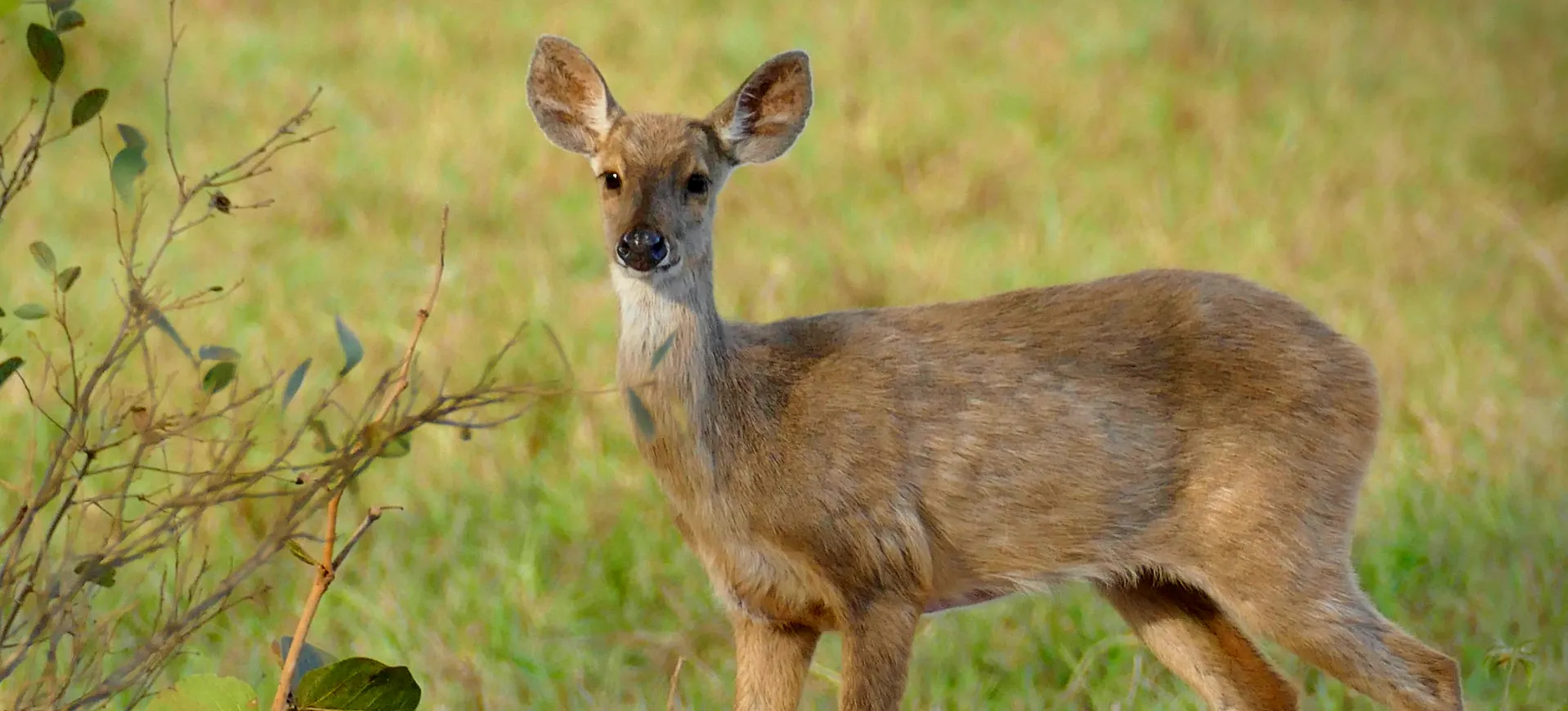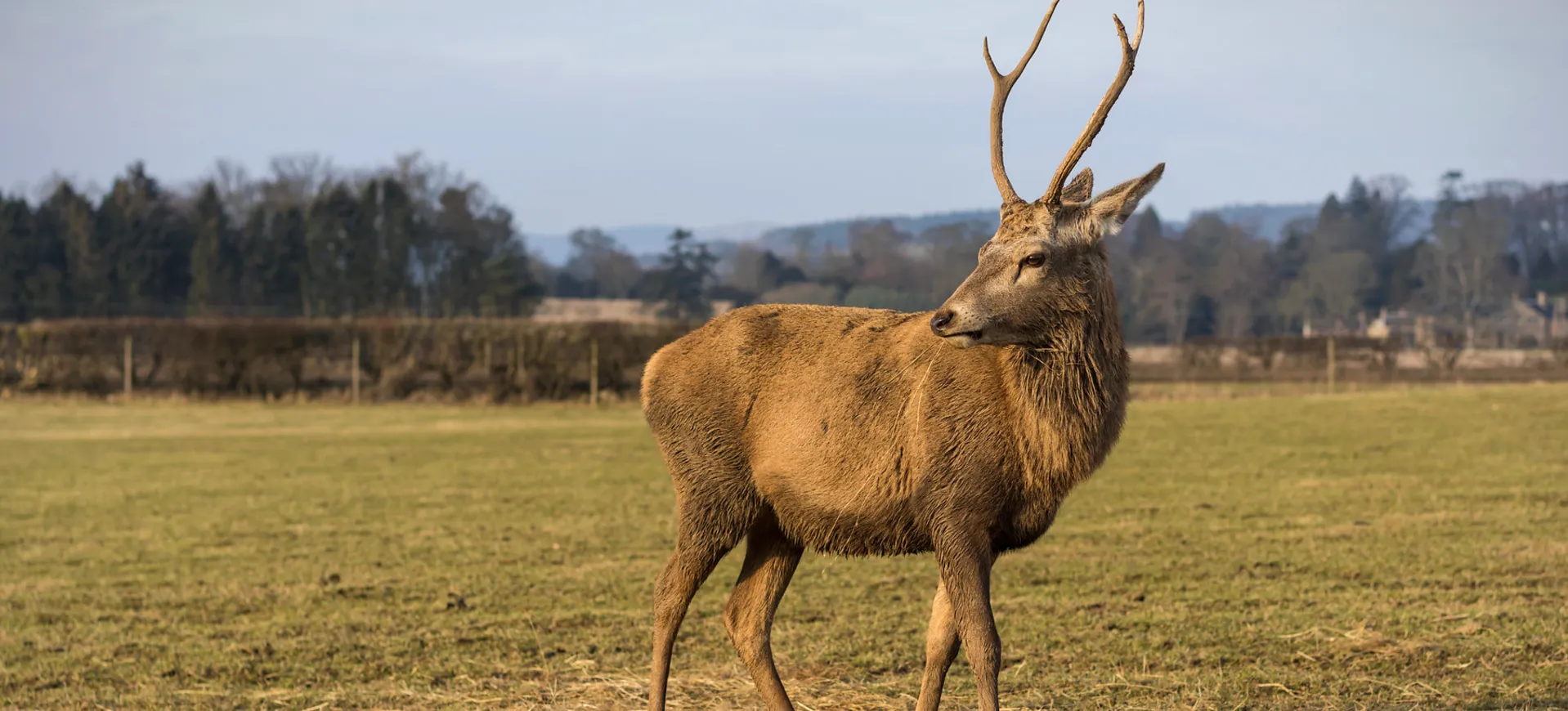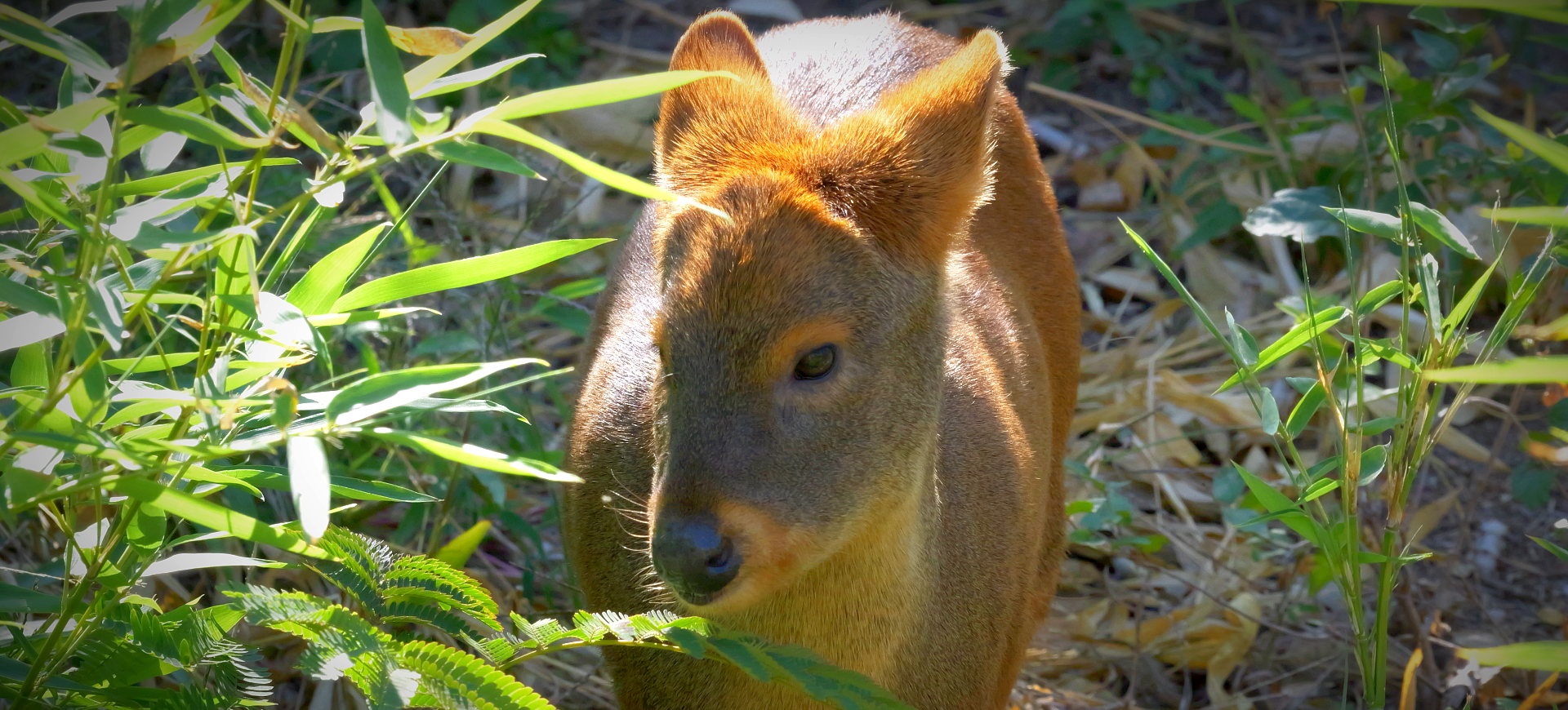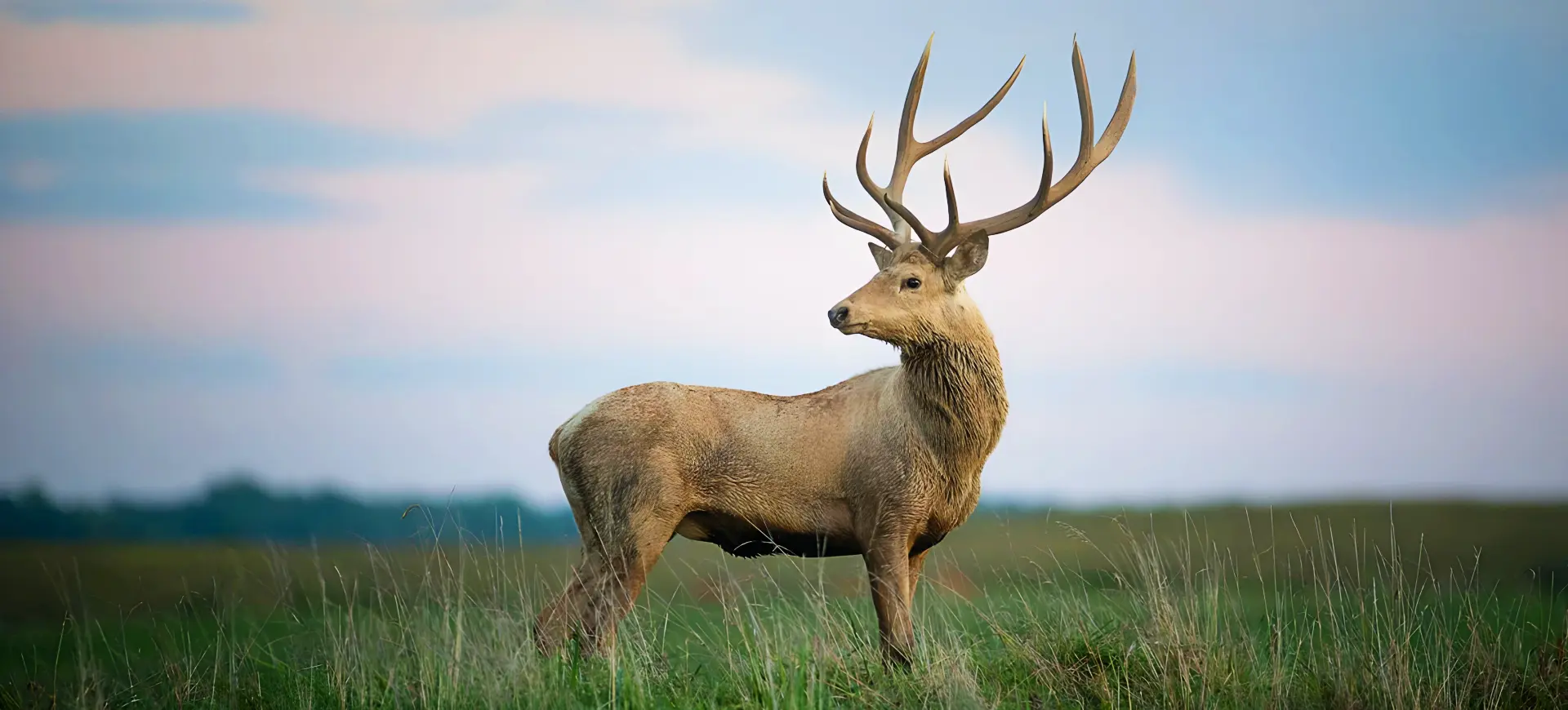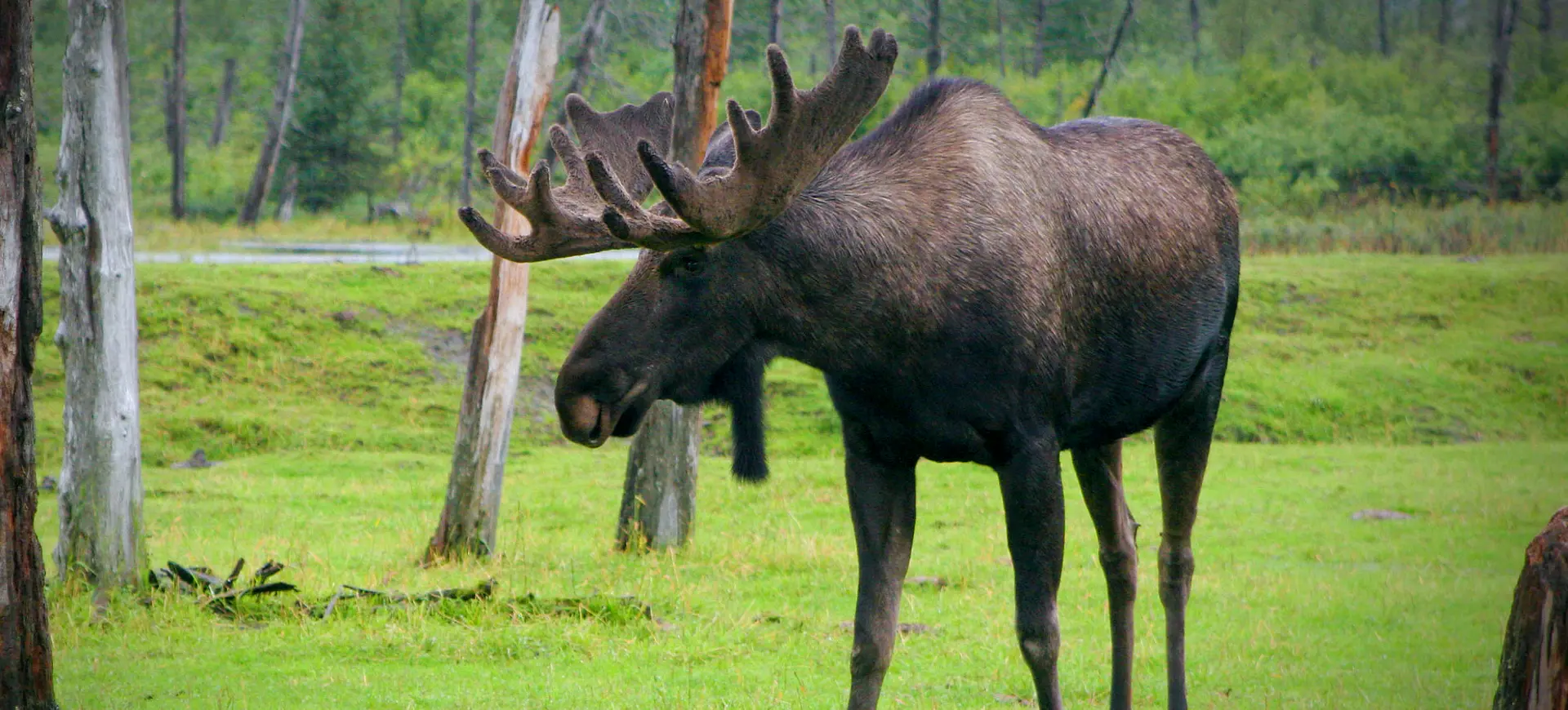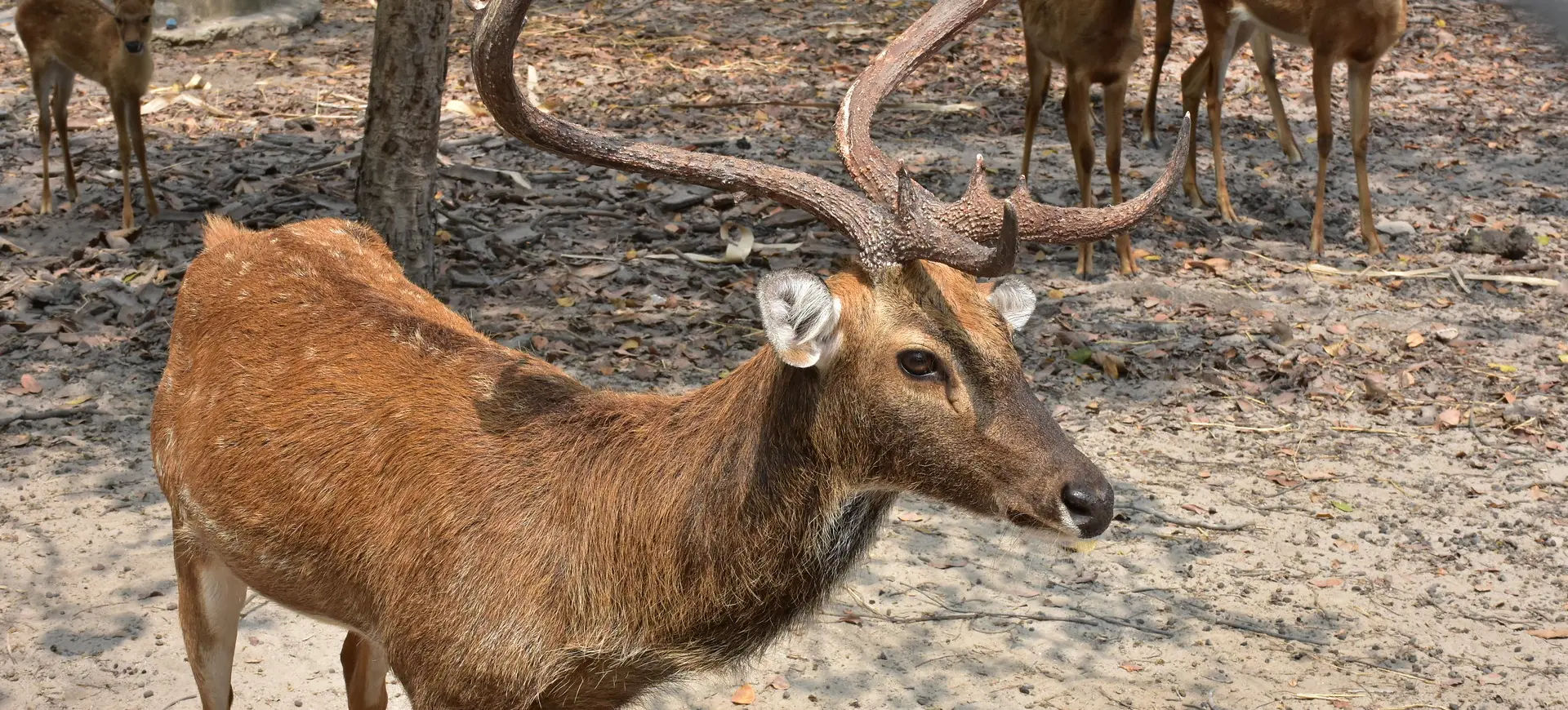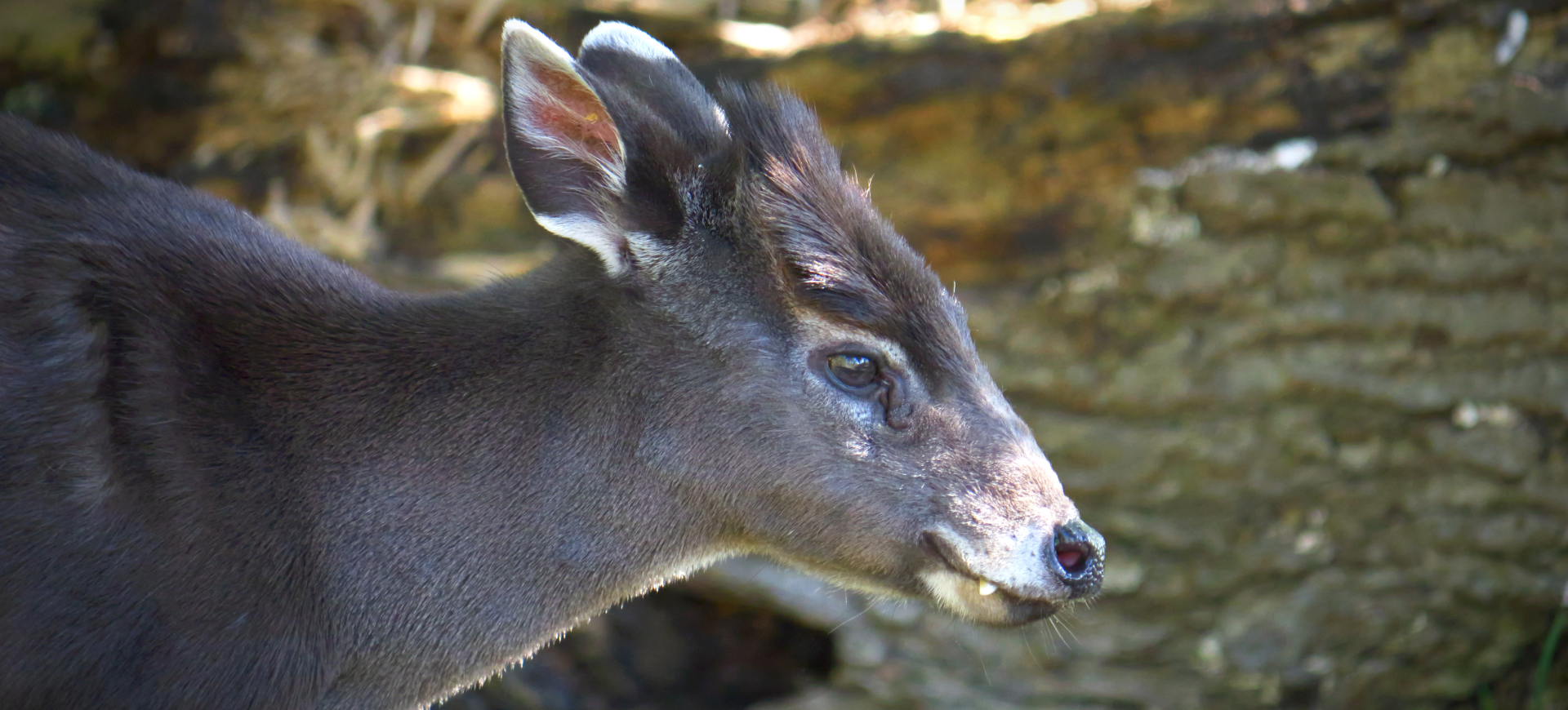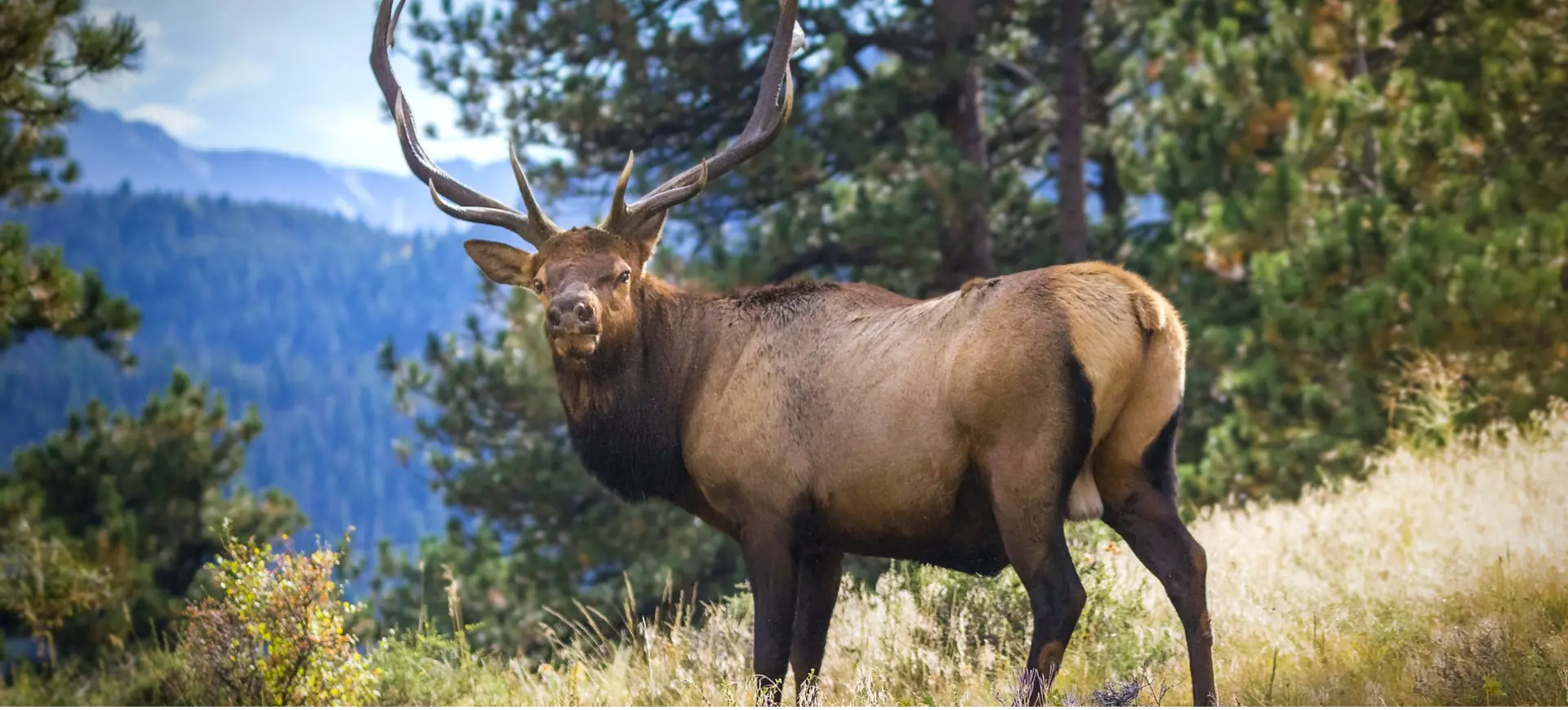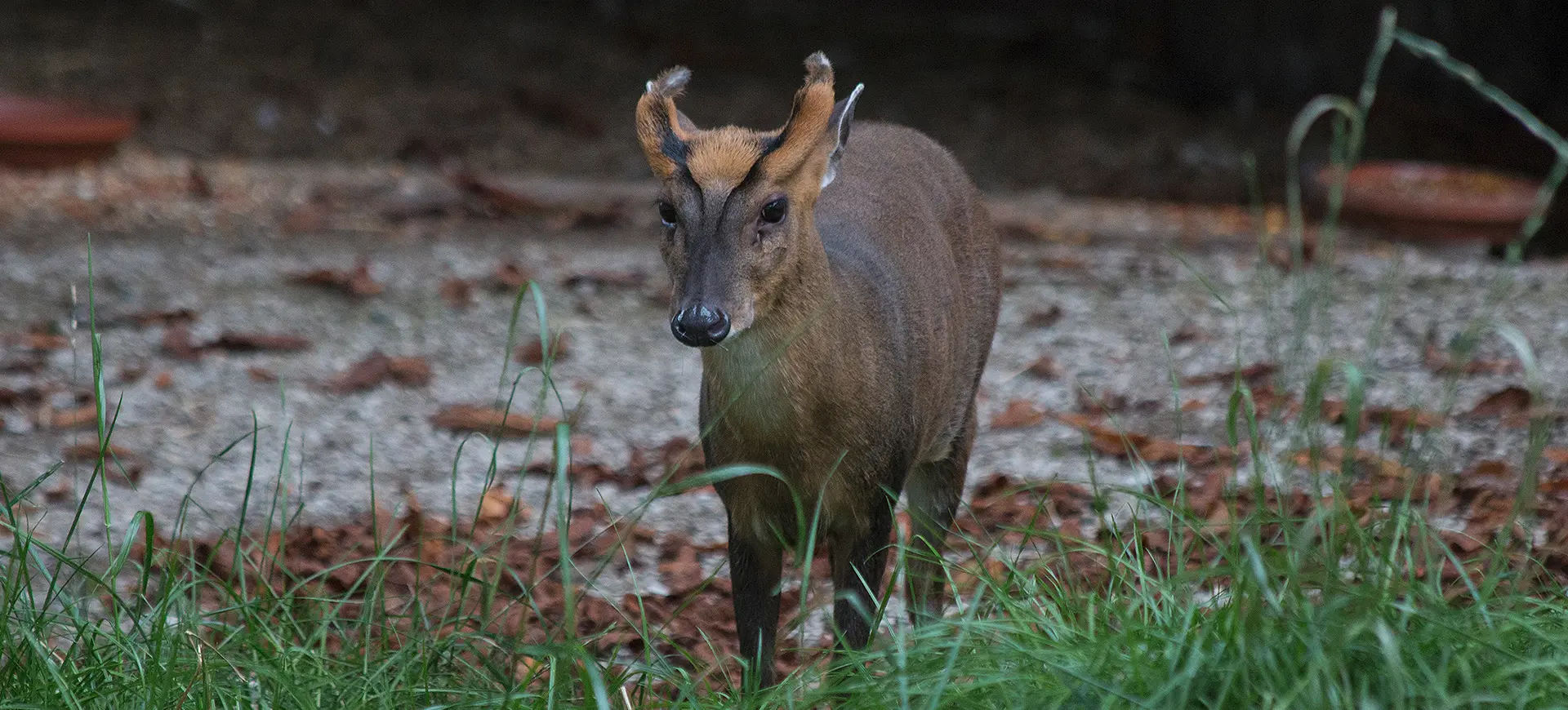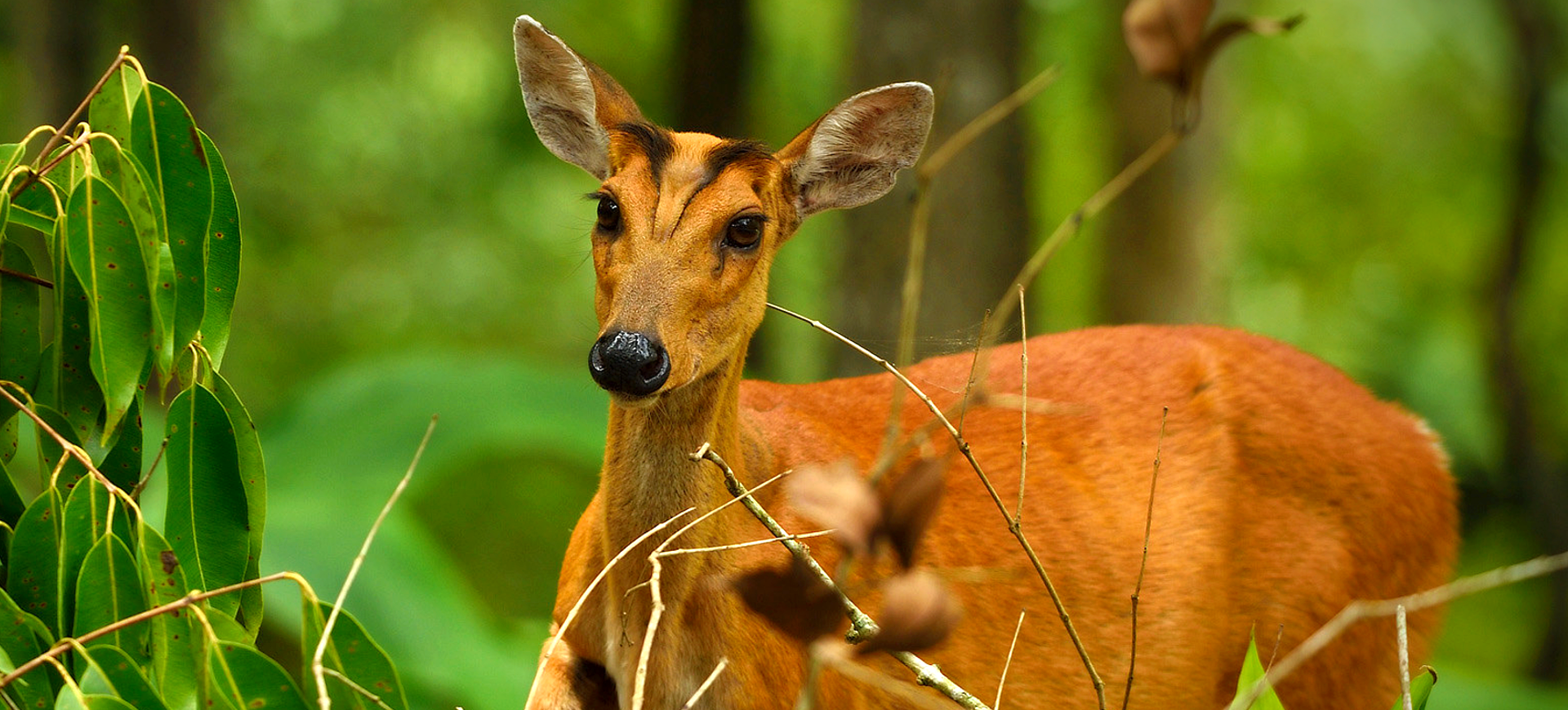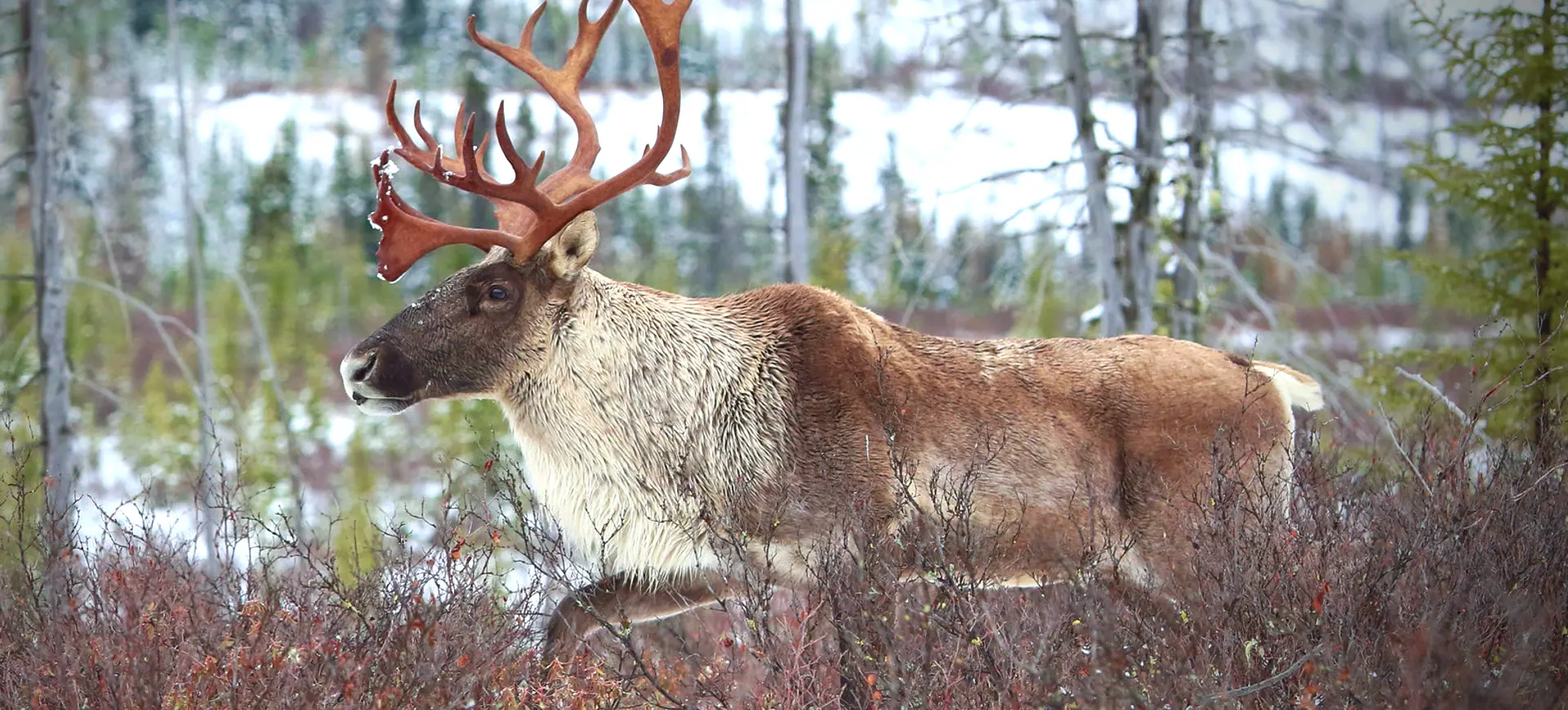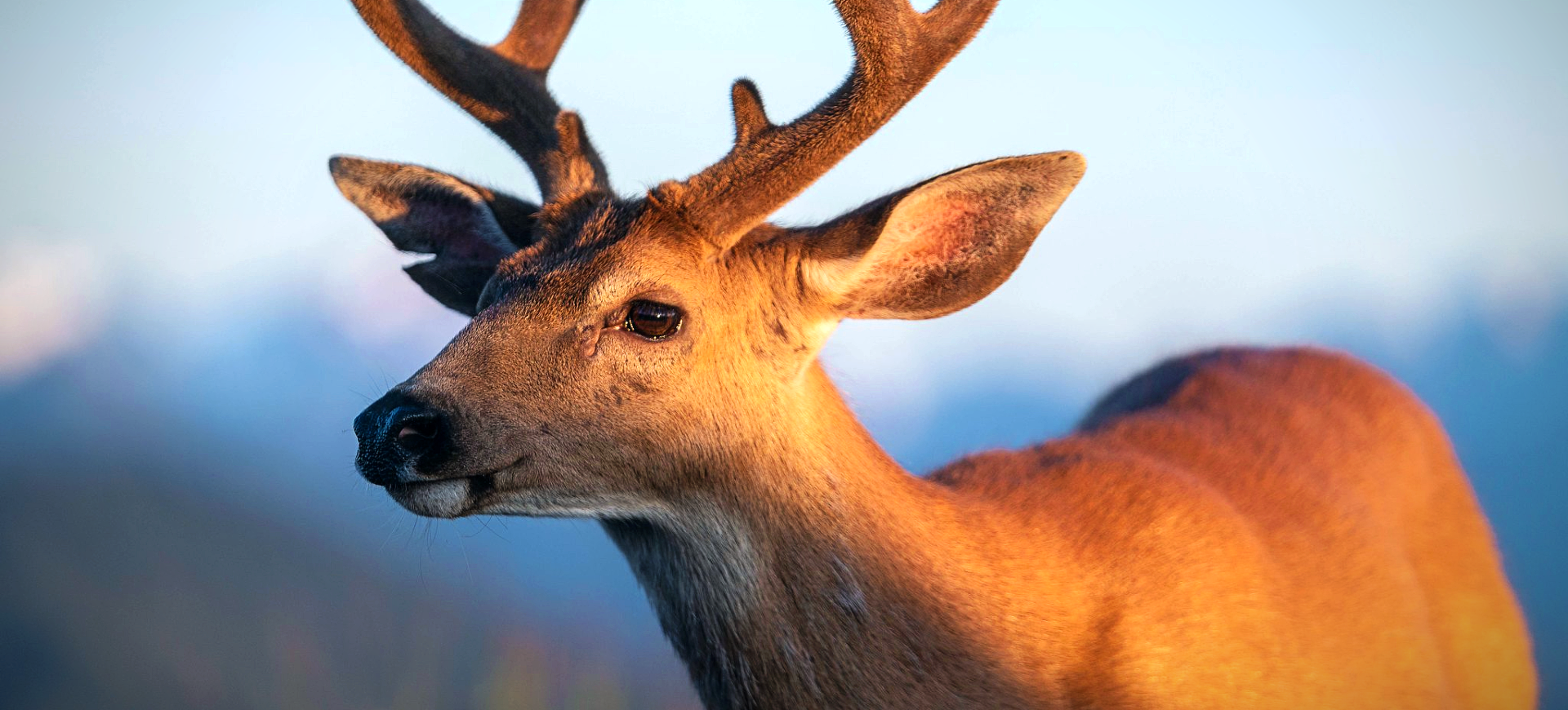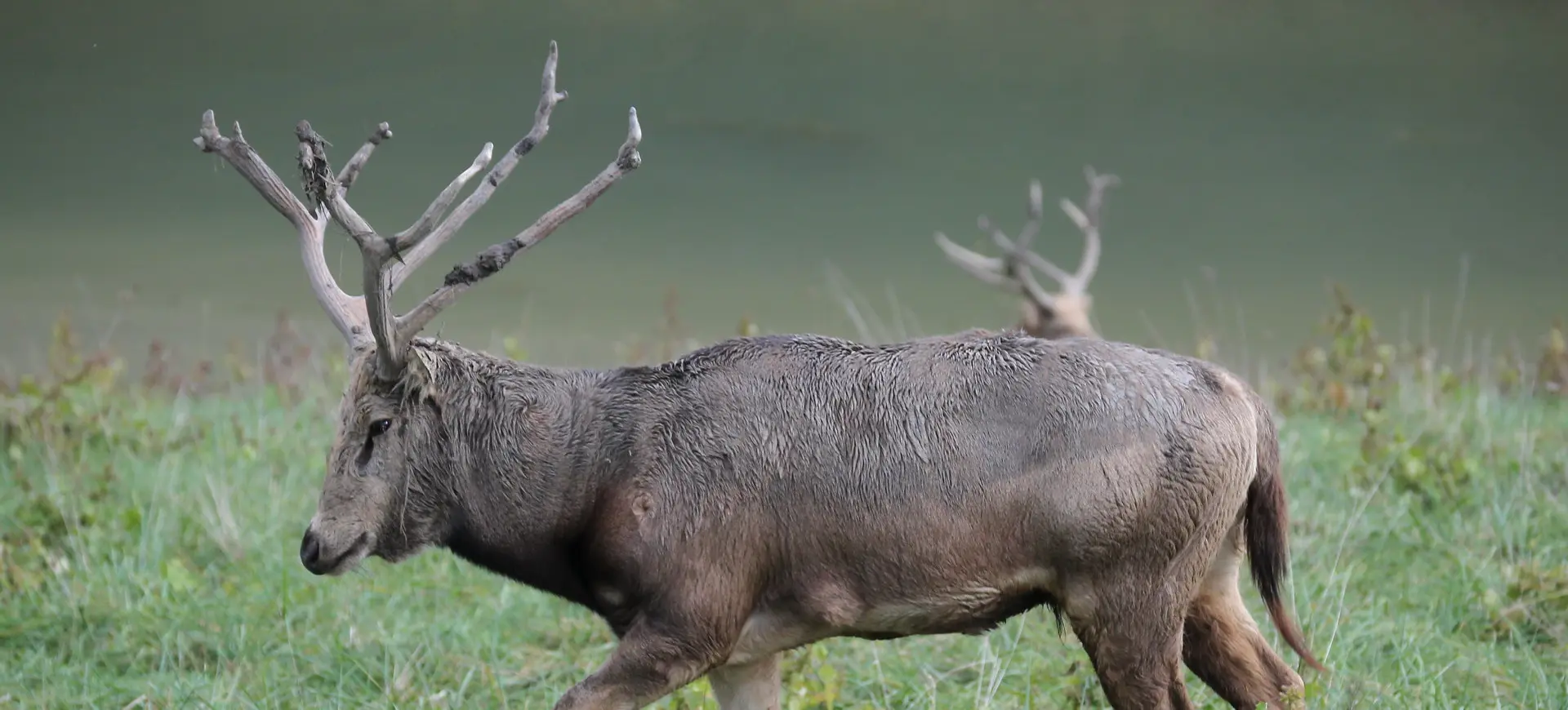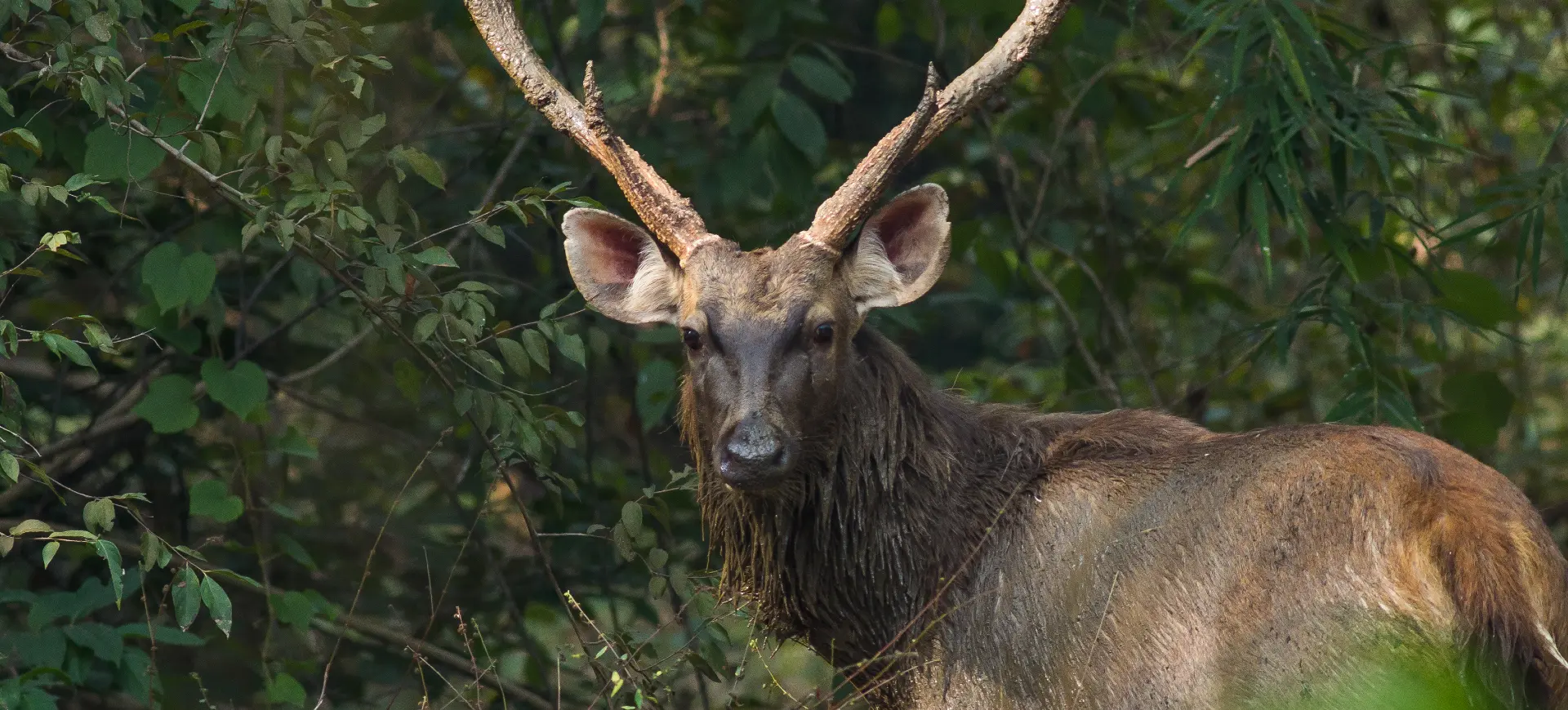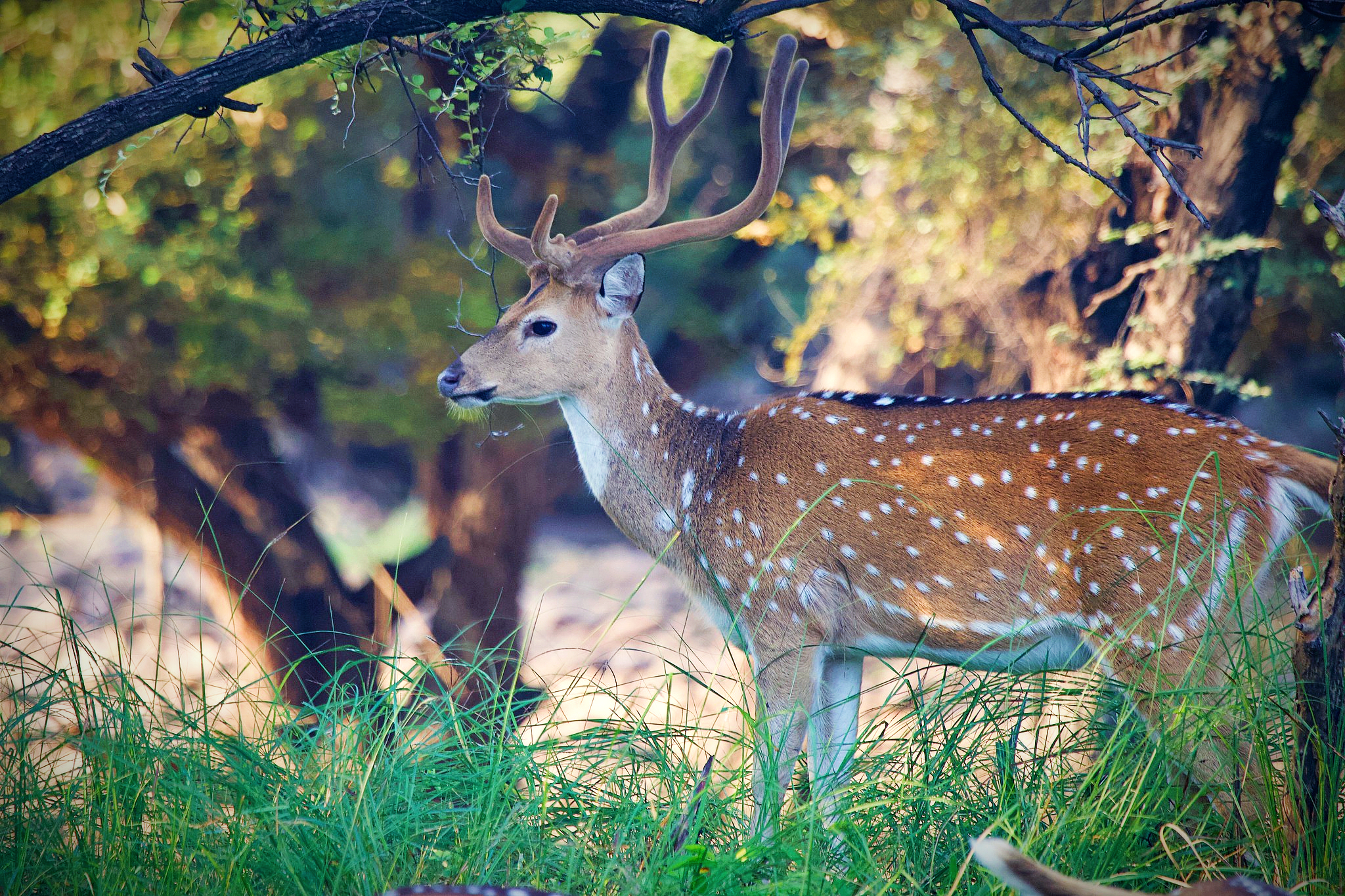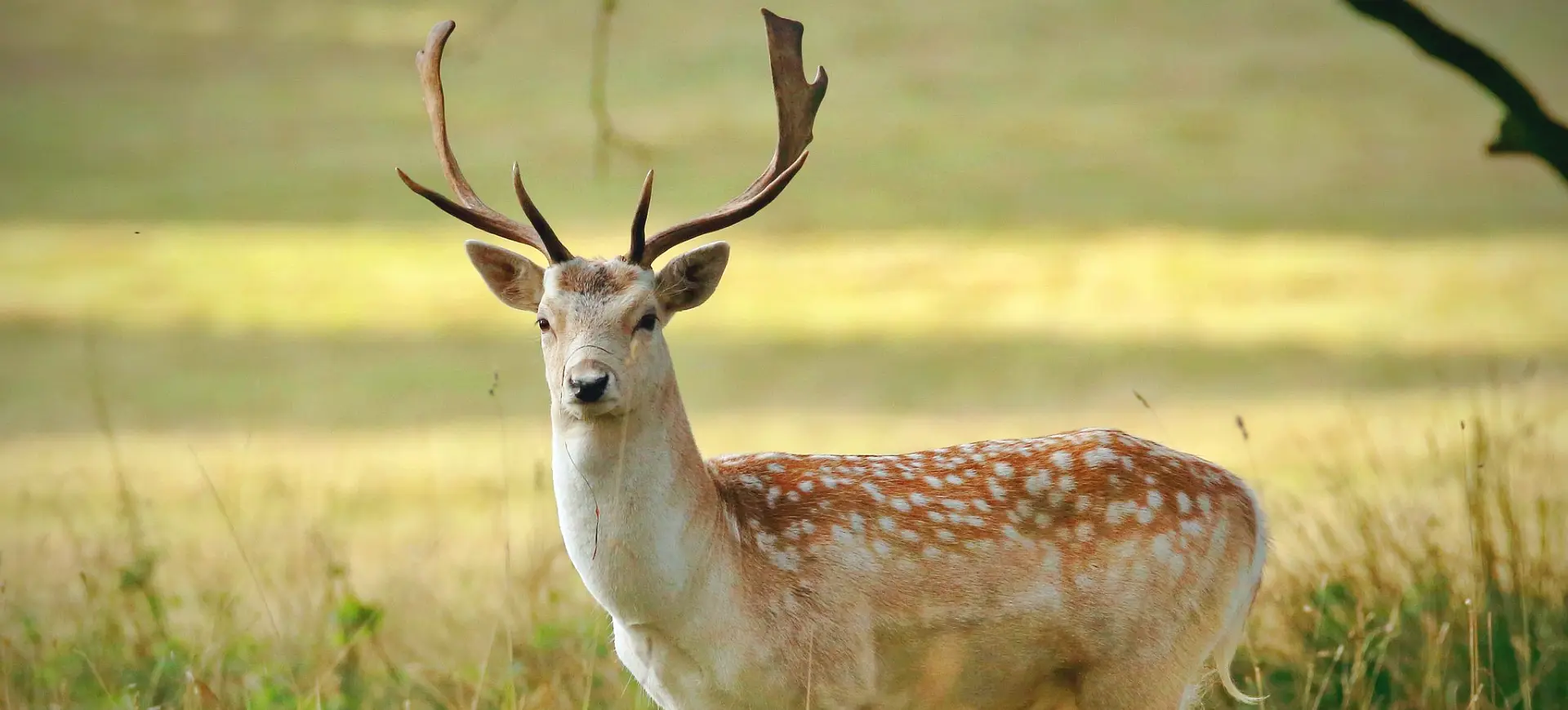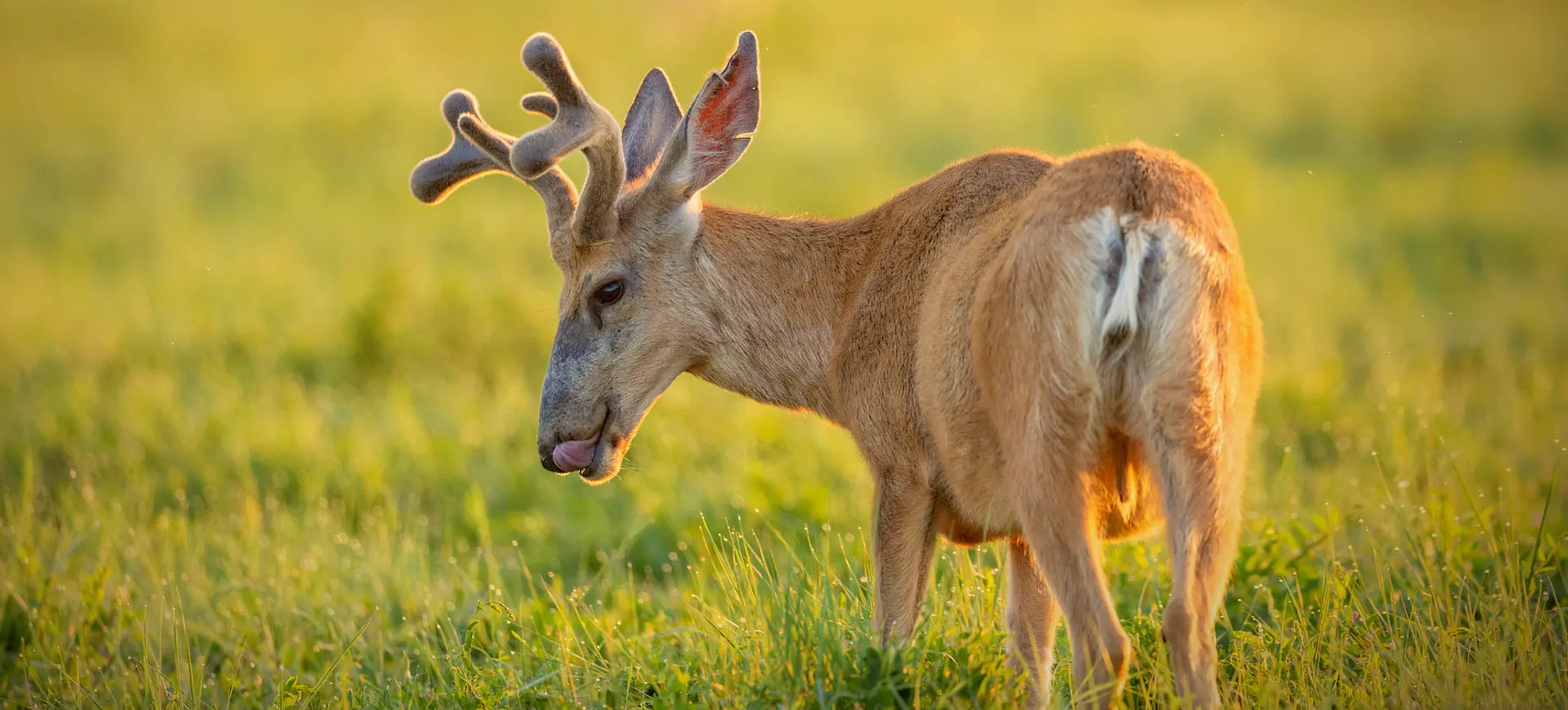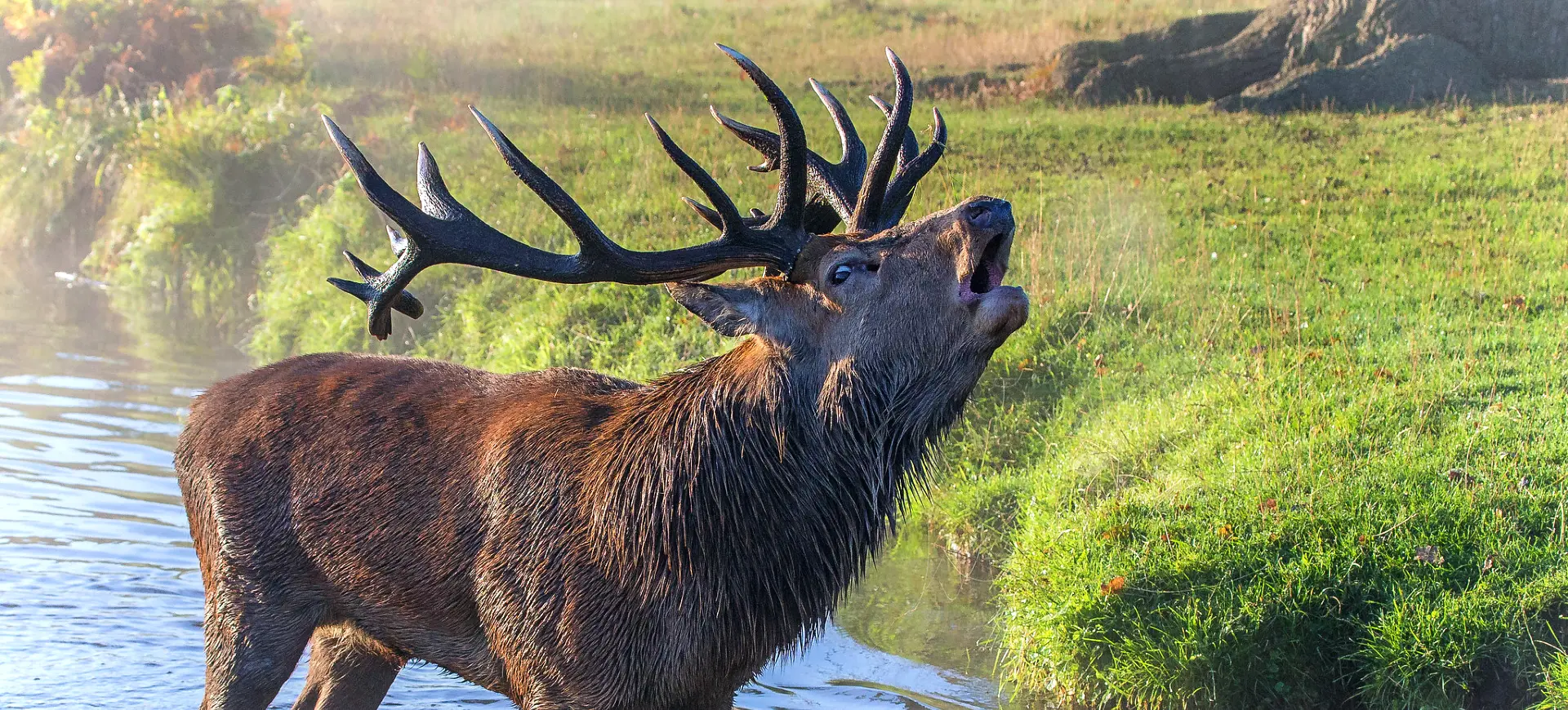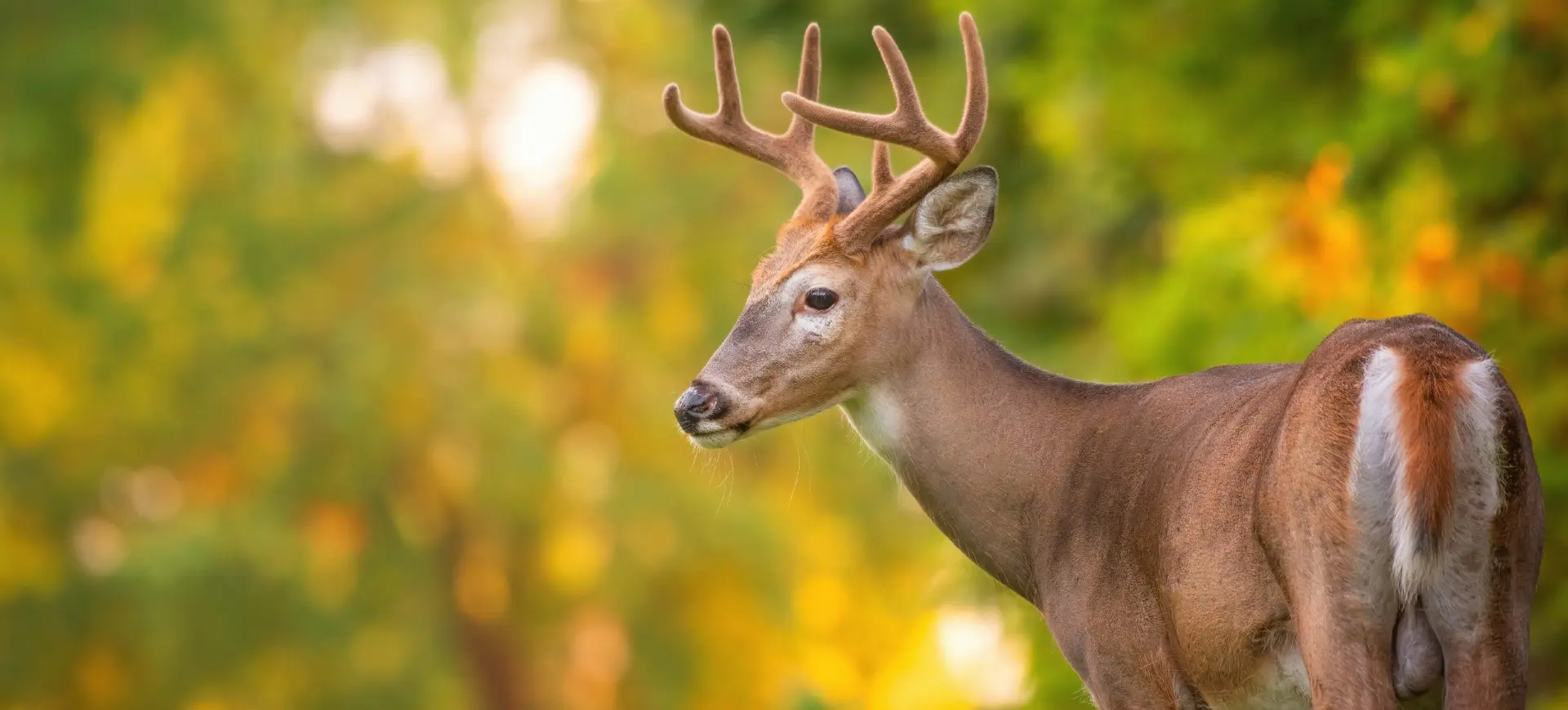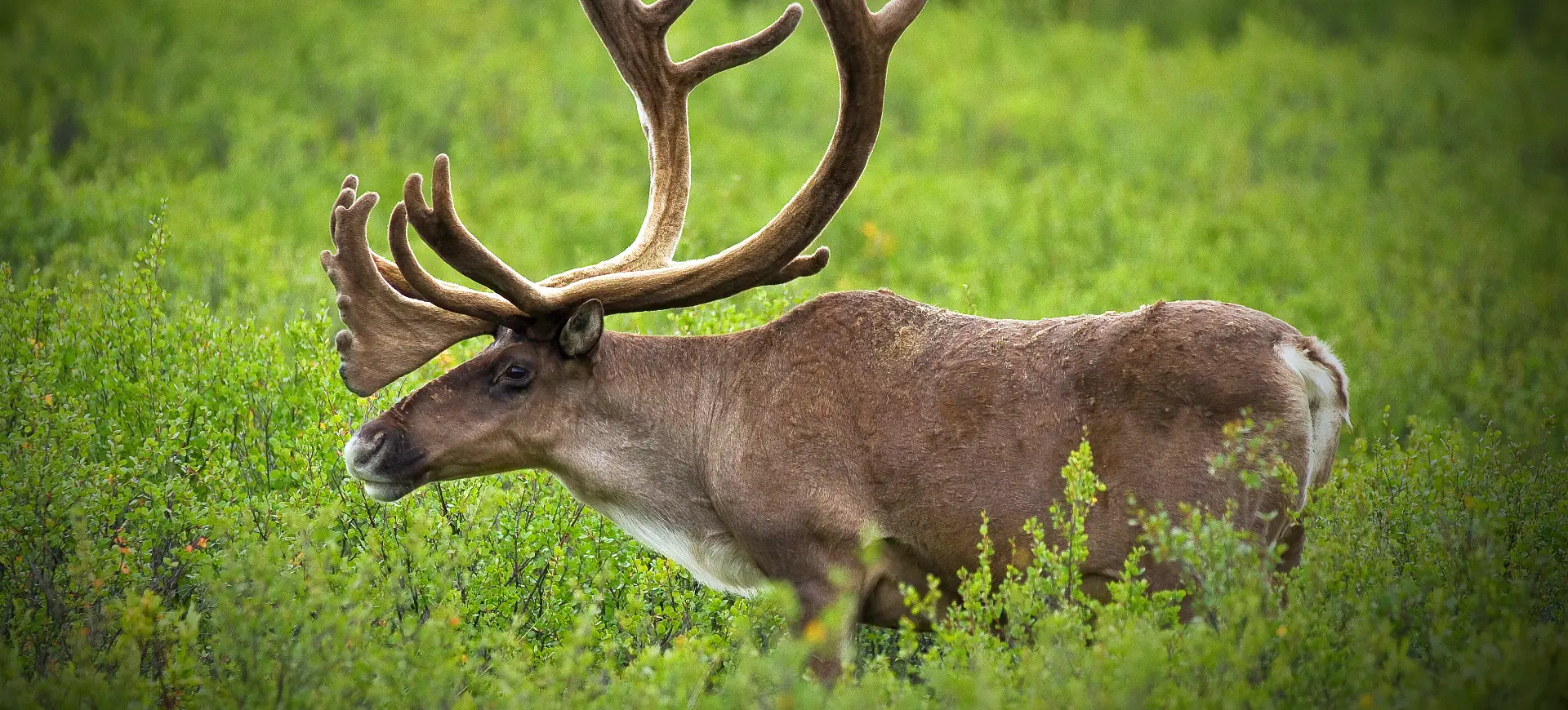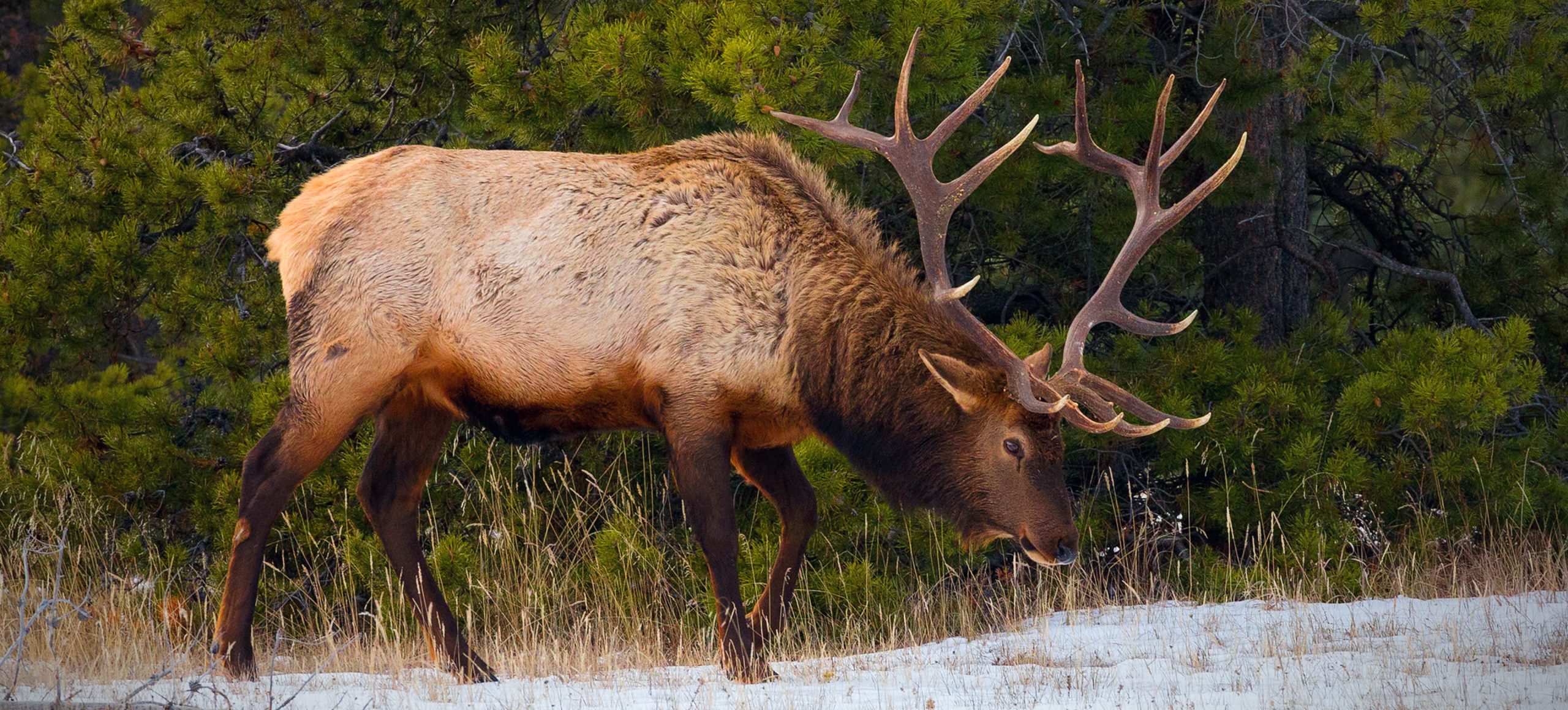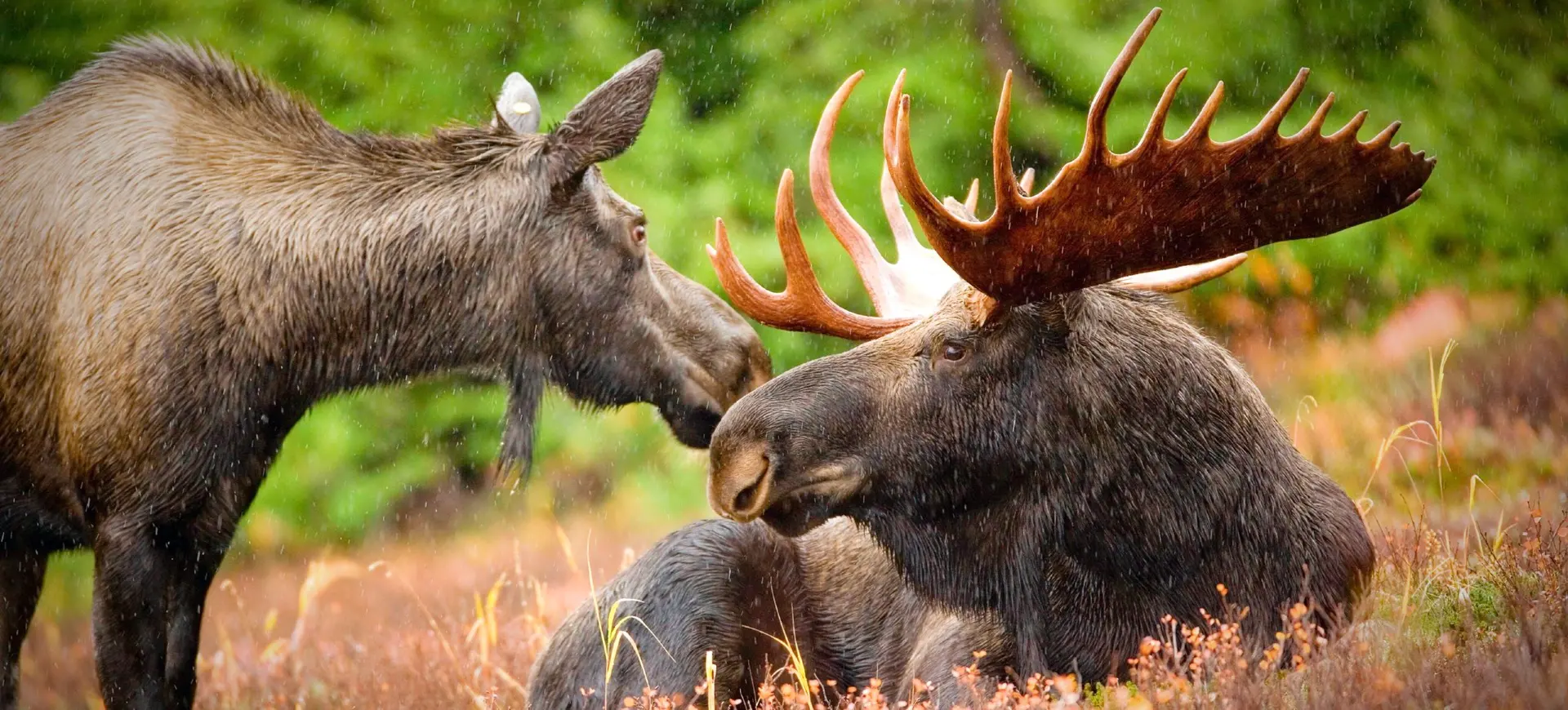Overview
The Sika Deer (Cervus nippon) is a medium-sized cervid native to East Asia, where it historically occupied diverse habitats ranging from temperate forests to subtropical woodlands. This species is easily recognized by its spotted summer coat and a distinctive white rump patch edged with black, which becomes more pronounced when the tail is raised during alarm. Sika Deer have been introduced to numerous countries, including the United Kingdom, Ireland, New Zealand, and parts of continental Europe, where feral populations have established and expanded. Their adaptability to varied environments and tolerance of human disturbance have contributed to their success outside their native range.
Sika Deer exhibit a wide range of behaviors depending on subspecies and habitat, with some populations remaining largely sedentary and others displaying marked seasonal movements. Males, known as stags, grow impressive antlers that are shed and regrown annually, reaching up to eight points in size, depending on age and nutrition. During the rutting season, males produce loud, high-pitched whistles that serve to attract females and deter rivals. In many regions, they hybridize readily with Red Deer (Cervus elaphus), which complicates conservation efforts aimed at maintaining genetic integrity.
Their historical range includes Japan, Taiwan, eastern China, and parts of Russia, where distinct subspecies evolved to match local environmental conditions. Sika Deer are primarily crepuscular, foraging most actively at dawn and dusk when they browse on grasses, leaves, shoots, and crops. They are highly alert and agile, using their keen senses to detect predators and quickly retreat into dense cover when threatened. In areas where they have been introduced, Sika Deer are often considered invasive due to their impact on native vegetation and competition with endemic ungulates.
Taxonomy
Kingdom
Phylum
Class
Order
Family
Genus
Species
Type
Current distribution:
Sika Deer remain widely distributed across their native range in Japan, Taiwan, eastern China, and southeastern Russia, with population densities varying by region and subspecies. In Japan, managed herds occur throughout the main islands, where they are culturally significant and often protected. In China and Russia, populations are fragmented, with some declines due to habitat loss, hunting pressure, and competition with livestock. Taiwan’s endemic form (Cervus nippon taiouanus) has been reintroduced successfully in several reserves after nearly becoming extinct in the wild.
Outside their native range, feral and managed populations have become established in the United Kingdom, Ireland, France, Denmark, New Zealand, and parts of the United States. These populations often expand rapidly, displacing native deer and causing ecological impacts. In Britain and Ireland, hybridization with native Red Deer has led to concerns over genetic integrity and conservation management. Effective monitoring and control measures are employed in some regions to limit their spread and ecological damage.
Physical Description:
Sika Deer are characterized by a compact, elegant build with relatively short legs and a rounded body covered in a reddish-brown coat with prominent white spots in summer. Their winter coat is thicker, darker, and often lacks the distinctive spotting, providing better insulation against cold temperatures. Both sexes display a conspicuous white rump patch bordered by a dark fringe, which becomes highly visible when the tail is raised as an alarm signal. Males grow antlers with three to four tines per side that are shed annually, while females lack antlers entirely.
Stags develop a shaggy mane along the neck and shoulders during the rut, which accentuates their larger body size and dominance displays. The face is marked with lighter fur around the eyes and muzzle, and the ears are large and rounded, adapted for detecting subtle sounds. Sika Deer have slender legs ending in sharp hooves that provide excellent traction on uneven ground, allowing for swift and agile movement. Body size varies considerably among subspecies, with the largest individuals in northern populations and the smallest in southern islands such as Yakushima.

Lifespan: Wild: ~15 Years || Captivity: ~25 Years

Weight: Male: 88–154 lbs (40–70 kg) || Female: 66–99 lbs (30–45 kg)

Length: Male: 47–71 in (120–180 cm) || Female: 43–63 in (110–160 cm)

Height: Male: 28–39 in (70–100 cm) || Female: 26–35 in (66–90 cm)

Top Speed: 37 mph (60 km/h)
Characteristic:
Native Habitat:
In their native East Asian range, Sika Deer occupy diverse habitats including temperate deciduous forests, coniferous woodlands, mixed forests, shrublands, and alpine meadows. They prefer areas with abundant understory vegetation that offers both forage and cover, particularly in regions subject to harsh winter conditions. Riparian zones and forest edges are commonly used for feeding, while dense thickets and rugged terrain provide safe resting sites. Elevational ranges vary widely, from sea level coastal habitats to mountainous regions exceeding 9,800 feet (3,000 meters).
Introduced populations have successfully colonized broadleaf forests, conifer plantations, and agricultural mosaics across Europe and New Zealand. Their adaptability allows them to persist in heavily modified landscapes, including suburban parks and managed hunting estates. Seasonal movements may occur in response to food availability, snow cover, and breeding requirements. This ecological flexibility has contributed to their success as both a game species and an invasive animal.
Climate Zones:
Biomes:
Biogeographical Realms:
Continents:
Diet:
Diet & Feeding Habits:
Sika Deer are mixed feeders that consume a diverse diet of grasses, sedges, herbs, leaves, buds, and shoots, allowing them to exploit a wide range of habitats. In forested areas, they browse on shrubs and young trees, often causing significant damage to regeneration and understory vegetation. Crops, including cereals, root vegetables, and fruit, are frequently consumed where available, leading to conflict with farmers. Seasonal variation influences diet composition, with higher intake of woody browse and mast in autumn and winter when herbaceous plants are scarce.
Foraging typically occurs at dawn and dusk to minimize predation risk and avoid disturbance from human activities. Sika Deer have a ruminant digestive system with a complex, four-chambered stomach that efficiently processes fibrous plant material. They visit natural and artificial salt licks to supplement minerals essential for antler growth and general health. In areas with high densities, overbrowsing can significantly alter the composition of plant communities and reduce biodiversity.
Mating Behavior:
Mating Description:
Sika Deer are polygynous, with dominant stags defending territories and groups of hinds during the rut, which occurs from September to November, depending on latitude. Males mark their territories with scent glands, wallows, and loud vocalizations, including high-pitched whistles and groans. Fighting between stags is common, involving antler clashes, parallel walking displays, and physical pushing to establish dominance. Successful males mate with multiple females, while subordinate stags are excluded from breeding opportunities.
Gestation lasts approximately 7 months, with fawns born in late spring or early summer when food resources are abundant. A single spotted fawn is typical, though twins can occasionally occur in well-nourished females. Fawns remain hidden in dense cover for the first few weeks of life, relying on their dappled coat for camouflage. Mothers return regularly to nurse and clean the young, which join the herd once strong enough to travel.
Reproduction Season:
Birth Type:
Pregnancy Duration:
Female Name:
Male Name:
Baby Name:
Social Structure Description:
Sika Deer social organization varies seasonally, with mixed-sex herds forming during winter and separate groups of stags and hinds in summer. During the rut, stags establish territories that overlap with those of females, and dominant males monopolize mating opportunities. Outside the breeding season, stags form bachelor groups while females and young fawns remain in matriarchal family units. Group size can range from a few individuals to over 50 in areas with abundant food and minimal disturbance.
Social hierarchies are maintained through displays, vocalizations, and occasional aggression, particularly among stags during the rut. Communication involves a combination of scent marking, posture, and vocal signals to coordinate movement and reinforce dominance. Young males gradually leave their maternal groups to join bachelor herds as they mature. Group cohesion provides benefits for predator detection and resource location.
Groups:
Conservation Status:
Population Trend:
Native populations are stable to increasing in much of Japan, where cultural protections and habitat management have supported large herds. In parts of China and Russia, habitat loss and hunting pressure have led to a decline in local populations. However, conservation efforts and reintroduction programs are helping to restore their numbers. The Taiwanese Sika Deer, once nearly extinct in the wild, now persists in several protected areas following successful reintroduction programs. Overall, the species shows resilience to disturbance and adapts well to fragmented landscapes.
Introduced populations in Europe, New Zealand, and North America have expanded rapidly, often exceeding the densities found in their native ranges. In some regions, hybridization between Red Deer and other species threatens the genetic purity of both, complicating conservation strategies. Control measures, including culling and fertility management, are employed to mitigate ecological damage and prevent further spread. Despite management challenges, the global conservation status remains secure.
Population Threats:
Habitat loss due to deforestation, urbanization, and agricultural expansion remains a concern in parts of the native range. Overhunting historically reduced populations, but regulated hunting now maintains sustainable numbers in many regions. Hybridization with Red Deer poses a significant genetic threat, particularly in the United Kingdom and Ireland, where interbreeding is widespread. Disease transmission from domestic livestock can also impact local populations.
In introduced areas, ecological impacts include overbrowsing, competition with native deer, and damage to forestry and agriculture. High population densities may contribute to an increase in vehicle collisions and human-wildlife conflicts. Climate change could alter vegetation patterns and snow cover, potentially affecting habitat suitability. Continued monitoring and adaptive management are crucial for mitigating these threats.
Conservation Efforts:
In Japan and Taiwan, legal protections, hunting regulations, and habitat conservation help maintain healthy wild populations. Reintroductions of Taiwanese Sika Deer have helped restore viable herds in protected areas, contributing to the recovery of biodiversity. In Europe and New Zealand, management focuses on population control through culling, fencing, and fertility reduction to minimize ecological impacts. Genetic studies and monitoring programs track hybridization between Red Deer and other species to inform conservation planning.
Public education and outreach promote awareness of Sika Deer ecology and management challenges in regions where they are introduced. Habitat restoration and fencing protect sensitive vegetation from overbrowsing, allowing the regeneration of native plant communities. In some countries, controlled hunting provides economic incentives for maintaining balanced populations. Collaborative research continues to improve understanding of their behavior, genetics, and ecological impacts.
Additional Resources:
Fun Facts
- Sika Deer are among the few deer species that keep their spots into adulthood.
- Males produce loud, high-pitched whistles during the rutting season.
- They can hybridize easily with Red Deer, creating fertile offspring.
- Sika Deer are excellent swimmers and can cross rivers and wetlands with ease.
- In Japan, they are often seen in parks, where they have become accustomed to humans.
- Their white rump patch is used as a visual alarm signal.
- Antlers are shed every year and regrown in spring.
- Sika Deer can thrive in dense forests and open grasslands alike.
- Some introduced populations have expanded to thousands of individuals.
- The name “sika” comes from the Japanese word for deer.


